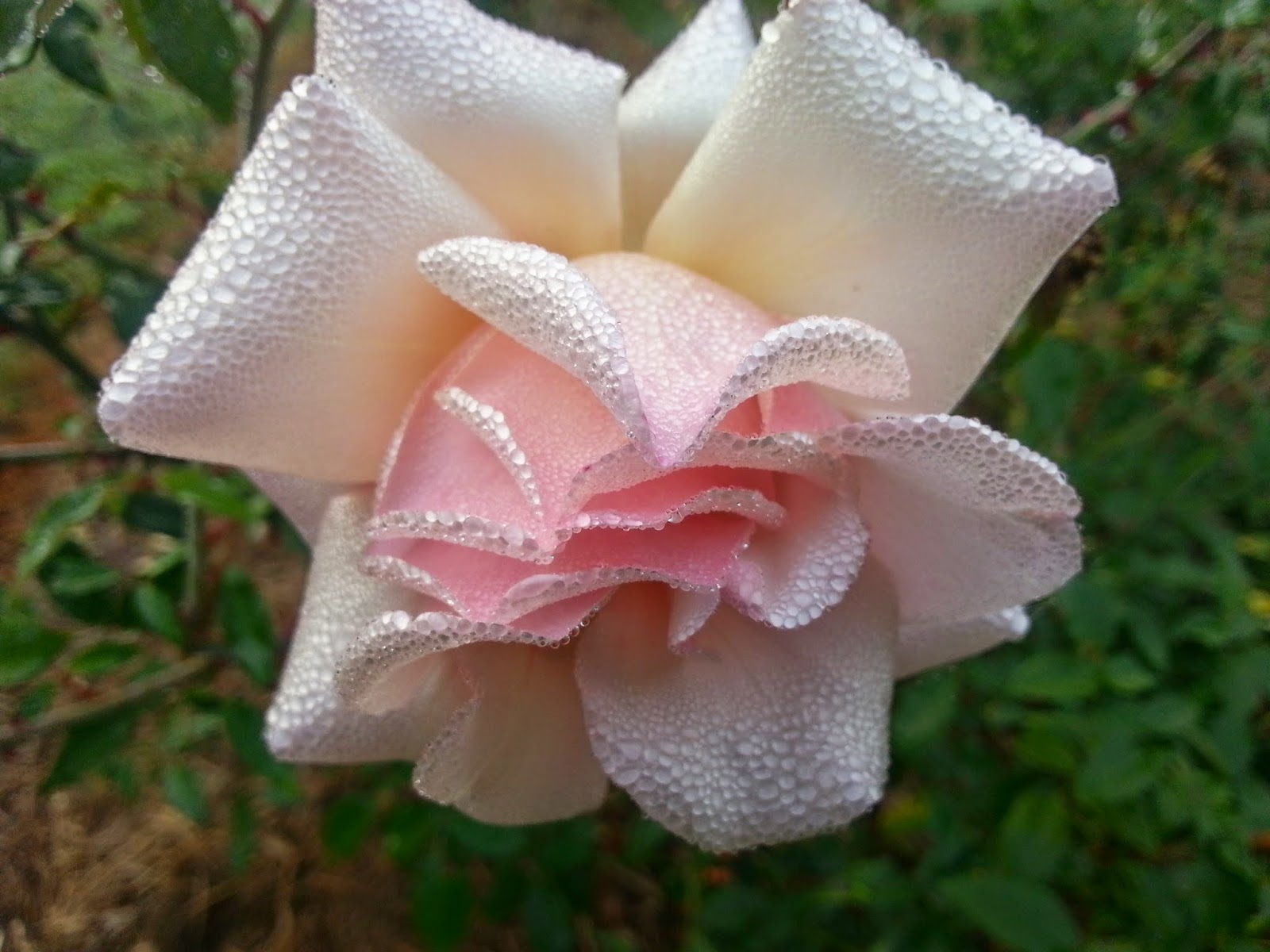One of the things I love about teaching at our flower-craft
workshops is watching people begin to relax and enjoy the roses, herbs and flowers
they are touching and smelling. And the
perfume, texture and colour of these gorgeous creations start to work their ‘magic’,
sparking wonder and imagination.
Invariably each person begins to slow down and look closely
at the flowers and foliage they are working with, often commenting on how
lovely they are. It’s as if a world they had forgotten is again
opened up to them.
And people begin to re-awaken their latent creativity. Often someone will start a workshop saying
they are ‘not at all creative’. Excitement
grows as they see something beautiful emerge using their own creativity. At the end of the workshop they have a new
concept of ‘being creative’, recognising they have a unique creativity to
contribute. And their sense of
wonderment grows.
Time and time again I have seen this unfold as individuals
from all walks of life, age groups and backgrounds realise they can create something
beautiful using natural flowers and foliage.
Children intrinsically look at the world around them with wonder, but as
we ‘learn’ to conform we begin to shrug off this God-given desire for
wonderment, imagination and creativity.
 And we are the poorer for it, with anxiety-driven busy-ness rampant
in our Western culture. There is a real
disconnect with the natural environment in our culture that is impacting all
areas of our lives. Research has shown
that when we connect with the natural world, even if it is just to stop and ‘smell
the roses’, we improve our well-being.
And we are the poorer for it, with anxiety-driven busy-ness rampant
in our Western culture. There is a real
disconnect with the natural environment in our culture that is impacting all
areas of our lives. Research has shown
that when we connect with the natural world, even if it is just to stop and ‘smell
the roses’, we improve our well-being.
Some of the benefits of engaging with the natural
environment include improved emotional cognition, a sense of self and
connectedness that eases loneliness, reducing physical symptoms such as pain,
even a speedier recovery from major surgery (See ‘Green Nature/Human Nature’ by
Charles Lewis for an overview).
So next time you see a beautiful tree or parkland,
a bunch
of gorgeous flowers,
or even glimpse a lovely landscape through a window,
take
the time to slow down and focus for a moment;
breathe in the peace and beauty
and
connect again with a sense of wonderment ...






.jpg)




